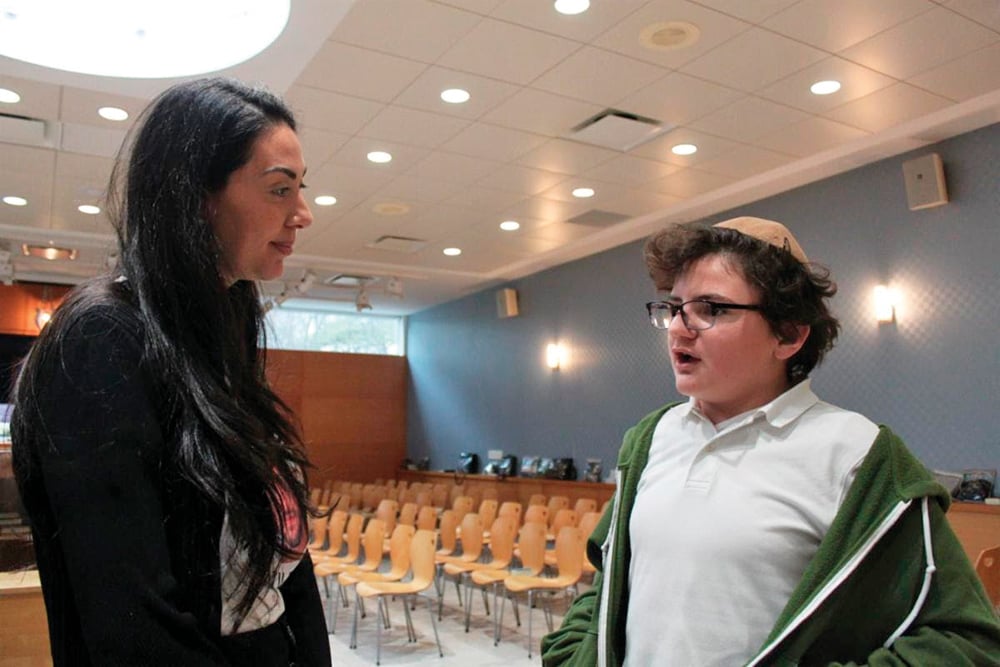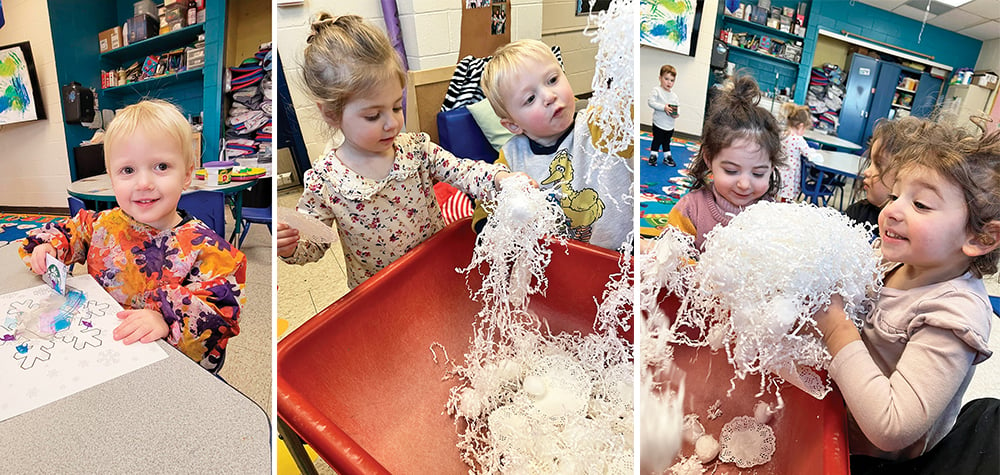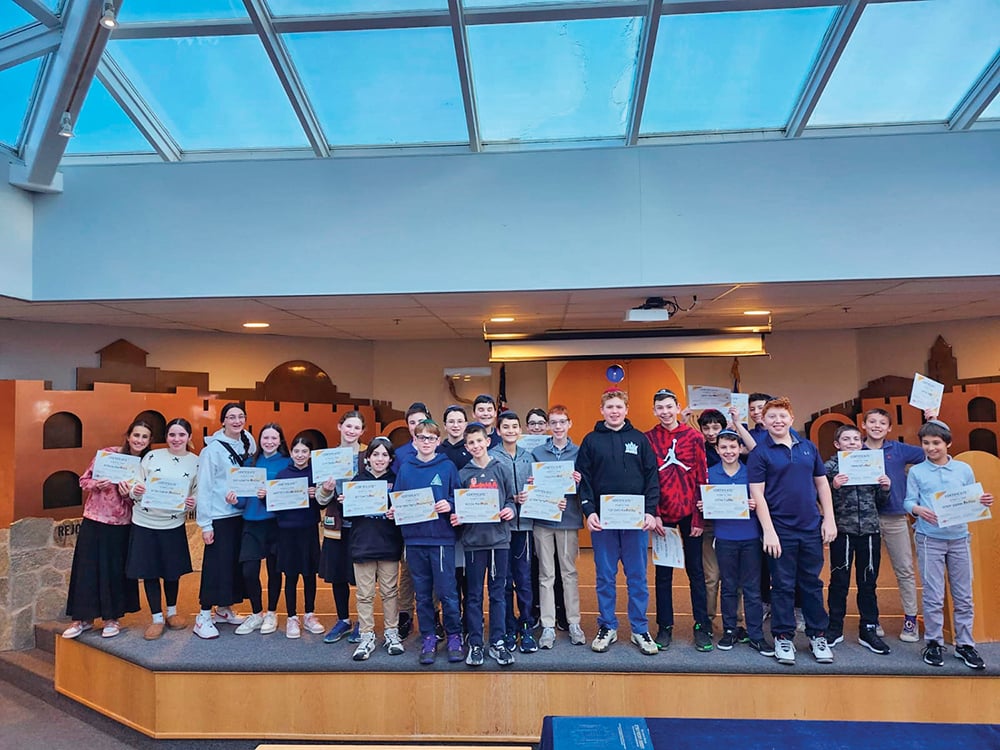



The sight of the cemetery is a feast for the eyes, the long, absolutely straight rows of headstones, the green grass, the blue sky with a slight breeze blowing off the ocean. It is difficult to describe in mere words the feeling that overcomes the viewer at the first sight. Thousands of soldiers, sailors and airmen who gave their lives in defense of their country. A country that probably many hardly knew. Many buried there were not born in the United States, but were refugees, or children of refugees, but bullets are not selective.
When we reached the location where the headstone was going to be changed, the cemetery workers had already carefully removed the grass around the headstone exposing the wedges and stones that kept the headstone exactly in line with the others. We watched as the workers removed the cross carefully and then attached a string to the headstones to the immediate left and right of the now open space, in order to make sure that the new headstone would be exactly in line with a fraction of a millimeter tolerance.
The workers then brought over the new headstone with the Magen David and erected it in its place. Within a few minutes they replaced the grass and the area now looked as if nothing had been changed.
But something certainly had changed. A soldier, who, when he was buried on August 23, 1944, was unidentifiable as to religion, and was therefore buried under a cross, was now identified as Jewish, and now identified with the Jewish Magen David. He now was a Jewish soldier, Private First-Class Benjamin Barney Garadetsky, 66th Regiment, 2nd Armored Division, born in Zhitomer, Russia, on April 14, 1914, immigrated to the U.S. on October 21, 1921.
The reader might ask how can it happen that a soldier who has an identifying “dog-tag” around his neck has no religion when he gets killed? Could he have lost it during battle? Yes, that is a possibility, but not likely. What most likely happened is that the soldier, like so many other Jewish servicemen, intentionally defaced his “dog-tag” so that his religion was unknown in case he became a prisoner of the Germans.
But back to the story in the cemetery.
During a prior visit to this cemetery Rabbi Schacter had noticed that there seemed to be far fewer Jewish-designated graves than the proportion of Jews in the armed forces. Further investigation showed that there were many Jewish-sounding names on gravestones that did not identify the dead as Jewish.
Rabbi Schacter thereupon brought together a group of other interested friends, including Shalom Lamm, son of Rabbi Norman Lamm, into an organization they named “Operation Benjamin,” named after Benjamin Garadetsky.
(To be continued next week)
Norbert Strauss is a Teaneck resident and Englewood Hospital volunteer.













